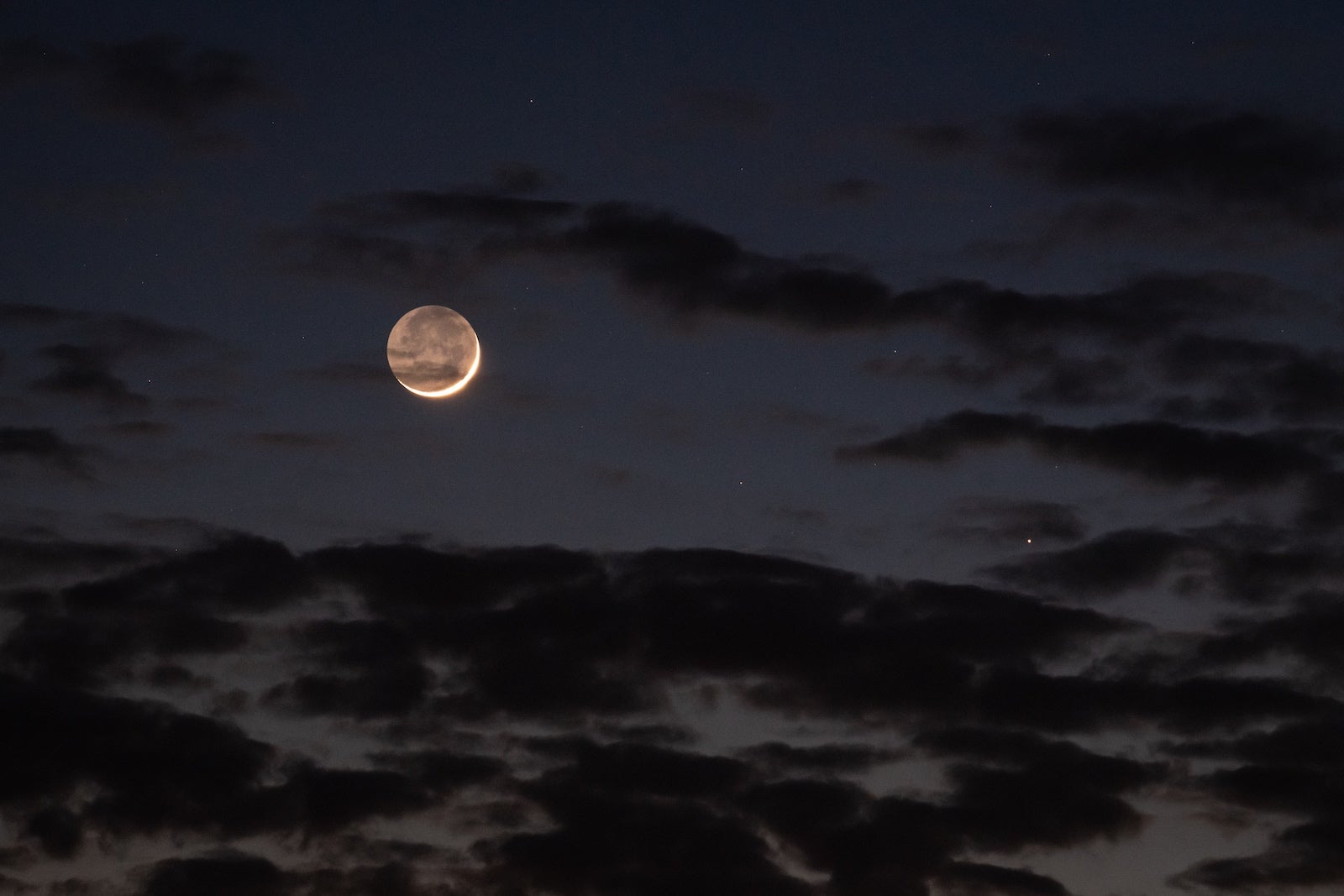The Independent's journalism is supported by our readers. When you purchase through links on our site, we may earn commission.
Alien life is more likely to evolve around small planets and their moons, scientists suggest
Large planets pull in debris from collisions that stop moons being formed, blocking the satellites from performing life-supporting duties

Scientists have suggested that moons capable of supporting alien life may only be able to form around small planets.
Earth’s Moon is vital to the propagation of life, controlling the ocean’s tides – and in turn the biological life cycles of organisms – as well as stabilizing our planet’s spin.
However, our own satellite is distinct in that it is quite large compared to the size of the Earth. Other planets may not be able to sustain similar bodies.
“By understanding moon formations, we have a better constraint on what to look for when searching for Earth-like planets,” Miki Nakajima, an assistant professor of earth and environmental sciences at the University of Rochester who led the research, said.
“We expect that exomoons [moons orbiting planets outside our solar system] should be everywhere, but so far we haven’t confirmed any. Our constraints will be helpful for future observations.”
Scientists have historically believed that our Moon was caused by a collision between a Mars-sized impactor and the Earth approximately 4.5 billion years ago, but Ms Nakajima and her colleagues wanted to examine whether a similar impact could cause moons to form on other, hypothetical, Earth-like rock and ice planets.
The researchers found that rocky planets with six times the mass of Earth, and icy planets the same size of Earth, were not able to form moons.
While the impact on our planet formed the partially vaporised disk that eventually became the Moon, these planets produced fully-vaporised disks that are not able to form Moons. This is because the moonlets formed by a fully vapourised disk quickly fall back into the planet while partially-vaporised disks do not.
“We found that if the planet is too massive, these impacts produce completely vapor disks because impacts between massive planets are generally more energetic than those between small planets,” Nakajima says.
“As a result, we conclude that a completely vapor disk is not capable of forming fractionally large moons,” Nakajima says. “Planetary masses need to be smaller than those thresholds we identified in order to produce such moons.”
As such, Ms Nakajima suggests that the search for alien life on planets with suitable moons should be focused on smaller planets, not larger ones, because they are more likely to host larger moons. Researchers have detected thousands of exoplanets and possible exomoons but have yet to spot a moon orbiting a planet outside of our own Solar System.
Subscribe to Independent Premium to bookmark this article
Want to bookmark your favourite articles and stories to read or reference later? Start your Independent Premium subscription today.

Join our commenting forum
Join thought-provoking conversations, follow other Independent readers and see their replies